
A typical CrossFit workout varies from day to day, but it always includes four components: a warm-up, strength work, Workout of the Day (WOD), and cool-down. Everyone can participate in any workout regardless of fitness ability because it is scalable. There are also “Hero” and “Benchmark WODs,” which are CrossFit standards.
This page can assist you if you want to start your first Crossfit class, know how to program Crossfit workouts, or simply want more information on the concept behind a typical Crossfit workout and how it’s constructed.
How do you structure a CrossFit workout
While CrossFit workouts vary daily, they follow the same or similar framework. So, while you may not know what to expect in each session, you may walk in with a general concept of the class structure and what you’ll be expected to perform.
Here, we’ll walk you through the basic structure of a CrossFit workout in this section:
- Cool down
- Warm-up
- Workout of the Day (WOD)
- Strength work
Warm-up
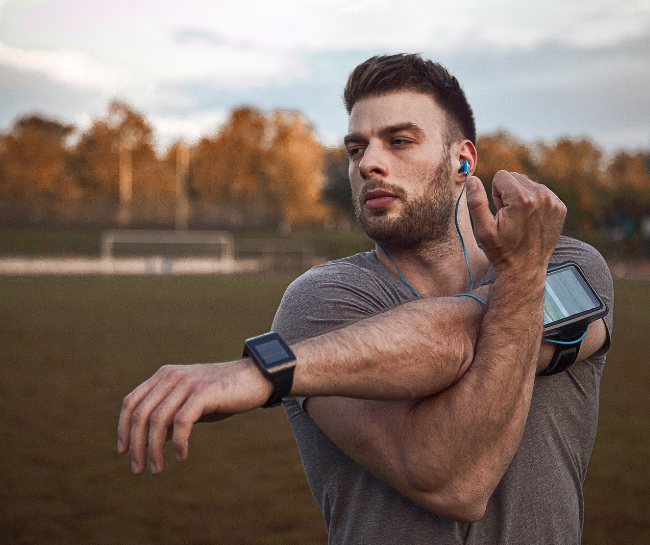
Warm-up before your Workout, just like you would before any other activity. Depending on the major component of the program, the specific CrossFit warm-up will alter. However, as a general rule, it will entail:
- Light cardio, including two minutes on the assault bike, Ski erg, and rowing machine.
- Every session, mobility practice is incorporated to help you expand your range of motion (ROM). For squats, for example, open your hip flexors and concentrate on ankle mobility.
- Muscle activation is an important part. This will warm up your muscles and prepare them for a hard workout.
Warming up can take anywhere between 5 and 15 minutes.
Strength work
Strength training is a part of CrossFit. On certain days, your Workout will be predominantly strength-based, with particular drills to help you improve in this area. Back squats, front squats, bench, deadlift, snatch, and clean and jerk are the main lifts. As a result, you may expect to see some of those moves in a regular Crossfit exercise.
Beginners will practice their skill and form by performing sets and reps of these moves. Intermediate and advanced lifters will intensify these motions to develop their strength in the lower rep ranges (1-5 reps).
Workout of the day (WOD)

The core section of CrossFit is the WOD, or Workout of the Day. This is typically a high-intensity circuit that incorporates a variety of exercises to test some aspect of your fitness, such as conditioning, balance, agility, endurance, anaerobic power, and so on.
Cool down
A CrossFit cool down is to reduce your heart rate to its normal resting state, which takes about 5-minutes on average. Your instructor will lead you through some stretching and breathing drills at this time. This is when static stretches, which are more common, come into play.
Foam rolling, on the other hand, is a great way to loosen up tight muscles and speed up recovery in preparation for your next lesson.
Is it ok to do CrossFit every day
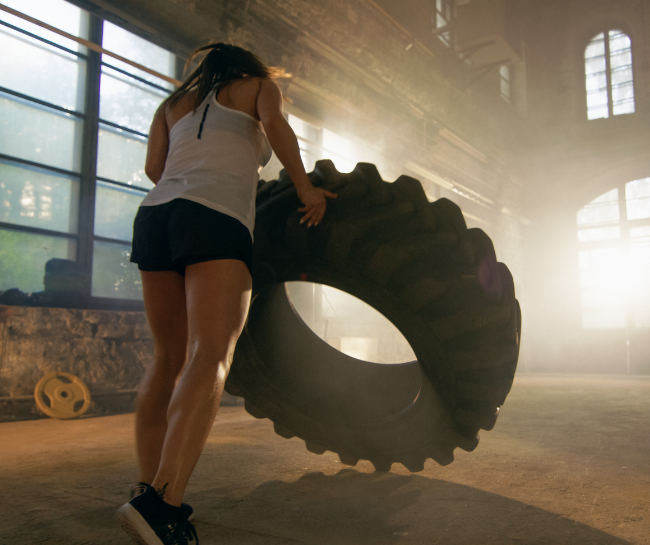
The answer is mainly determined by your prior training experience, objectives, and, of course, the amount of available time. Or, to put it another way, how much time you want to devote to training.
For novices who haven’t done any training in a long time, the best recommendation is to get exercise into your system and weekly plan as soon as possible. Try to work out on the same days each week and have a timetable.
In terms of frequency, strive to get to three times a week as soon as possible. An excellent starting point is to work out one day and then rest the next. One example is working out on Mondays, Wednesdays, and Fridays and resting on Tuesdays, Thursdays, and weekends.
All of this being said, the best training advice is to “listen to your body.” Take an extra day off if you’re particularly exhausted and beat up from training, long days at work, or not getting enough sleep at night. Rest a little longer and return re-energized and ready to kick some serious ass in a few days.
What are the 9 foundational movements of CrossFit
CrossFit is a worldwide fitness craze that aims to get you in shape and build the groundwork for any physical endeavor, from playing with your kids to auditioning for American Ninja Warrior. And they increase overall strength, balance, power, agility, flexibility, endurance, and hip extension/flexion all at the same time by following core CrossFit moves.
Here are nine basic CrossFit moves for perfecting your form. It’s all about mechanics, consistency, and intensity to establish a solid foundation.
- Air squat
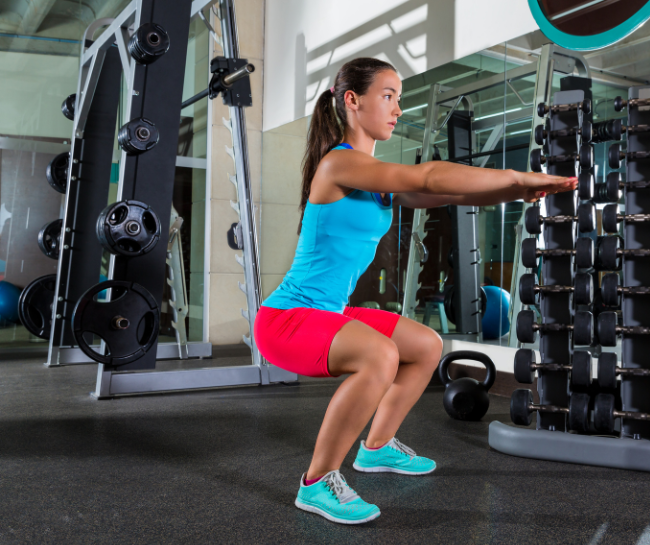
Begin in a shoulder-width stance with your feet turned out slightly to give your hips more room. Raise your arms in front of you to eye level. Squat by rotating your hips back and forth while keeping your chest almost parallel to the floor. Rather than trying to maintain your knees pointed forward, strive to generate as much space as possible between them. Hips should be lowered till they are level with the knees. Keep your lumbar curve rather than rounding your back.
Push your knees outward as you rise. Starting from the ground up, there are four non-negotiables regarding foundations. Maintain a neutral spine by keeping your weight planted in your heels, knees tracking over toes, and a wide range of motion (i.e., hip crease below your knees). If your chest continues to fall forward in squats, this is a fantastic workout.
- Front squat
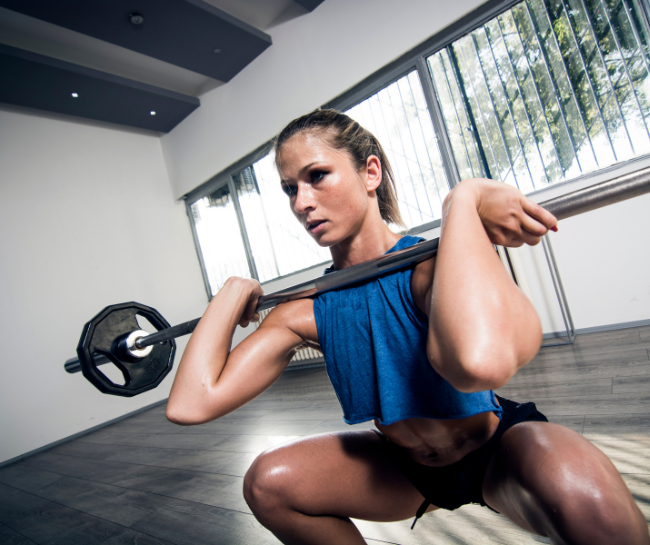
Set up like an air squat with a shoulder-width stance behind a lightly loaded barbell, an overhand grip, hands slightly wider than shoulder-width, and a natural curvature in the lumbar spine to do a Front squat. To your collarbone, clean the bar: As the bar rises, flaring elbows out, drag it close to your body up to chest level.
Lift weights up onto your toes simultaneously, and then flip your wrists under the bar and toward the ceiling. Raise your elbows toward the front wall until the bar rests on your collarbone. Loosen your fingers, so you have a minimal grasp on the bar. The more secure the bar is in this “rack” position, the higher the elbows are raised.
Start the front squat by swaying your hips back and forth while standing, imagining an invisible line from your ears to your heels, and keeping the bar as near to that frontal plane line as possible throughout the whole range of motion.
- Overhead squat
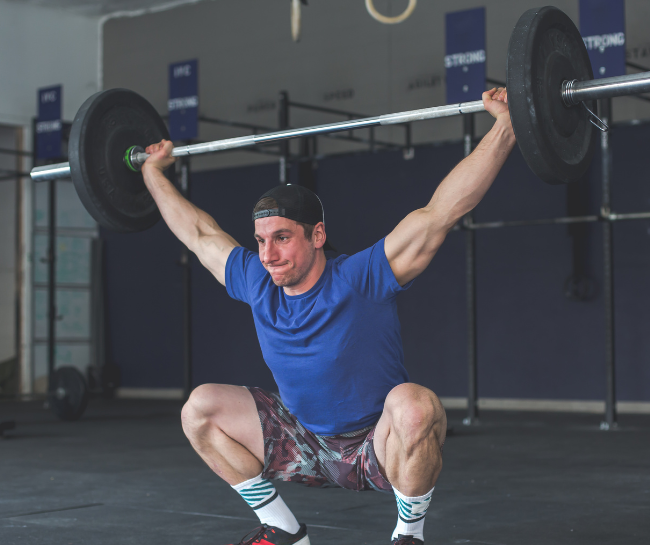
To do overheard squat Set up as if you were doing a front squat, with your feet shoulder-width apart and slightly turned out. First, stand in front of an unloaded barbell or PVC pipe and take an overhand grip with your hands somewhat broader than shoulder width. As in a front squat, clean the barbell to your shoulders, then press it over and slightly behind your head.
Ensure that your elbows are locked and facing down and that your armpits are facing forward. Squat your hips until they are lower than your knees, retaining the bar in the frontal plane. Push your knees outward as you rise, and make sure your hips and knees are fully extended at the top.
- Sumo deadlift high pull
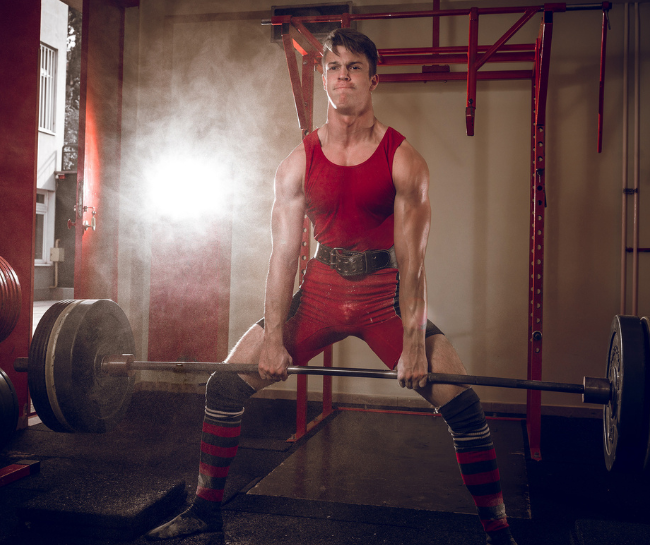
All performance metrics will be the same as the deadlift. Behind a heavy barbell, stand with your feet slightly wider than shoulder-width. Grasp the bar with an overhand grip and your hands inside your stance. Pull with your hips and legs until both are fully stretched, keeping your knees in line with your toes.
Open your hips fully, shrug, and pull with your arms until the bar touches the clavicle or just below the chin. The elbows will be raised and positioned outside of the hands. Lower the bar in the other direction until the weight reaches the floor.
- Medicine ball clean
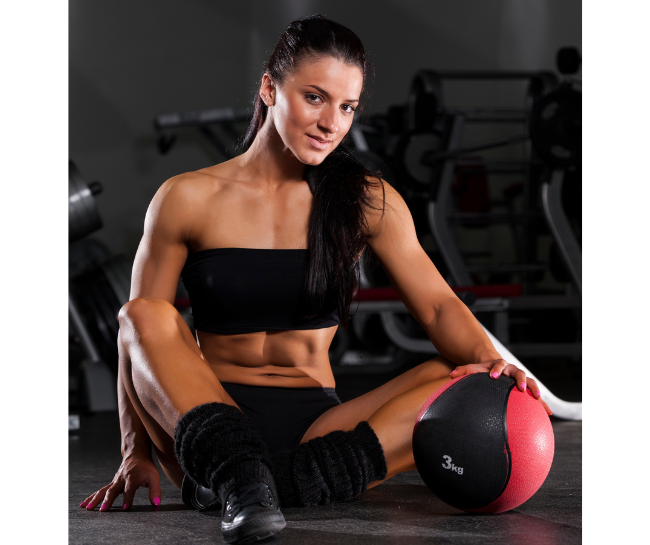
This is identical to the push jerk’s press-under movement. It uses the same mechanics as a sumo deadlift high pull, but instead of lifting the object to our chin, we pull our body under the ball in a full front squat and stand to full extension before finishing the rep. Stand behind the medicine ball with your feet shoulder-width apart and your hands on the sides of the ball.
- Push press
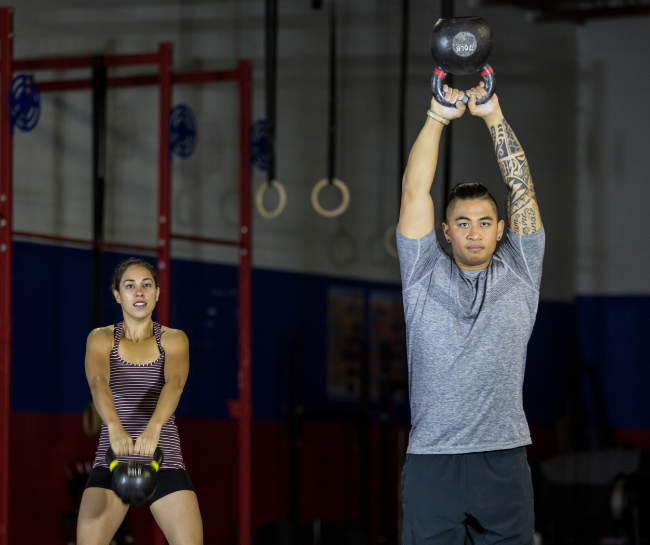
Set up in the same way as the shoulder press, but add a dip and drive phase to this move: Clean a gently weighted barbell to your shoulders while standing with your feet hip-width apart. Grip the bar with your hands slightly wider than your shoulder width and your elbows in front of but not forward of the bar.
Maintain a vertical torso as you begin diving down a few inches without pausing at the bottom, then rapidly extending your hips until both are fully extended. Once the extension is complete, press the bar overhead with your shoulders and arms until it is fully stretched.
💡 Push presses strengthen your lower and upper body by activating muscles such as the glutes, pecs, triceps, deltoids, quadriceps, and lower back.
- Gymnastics kipping pullup
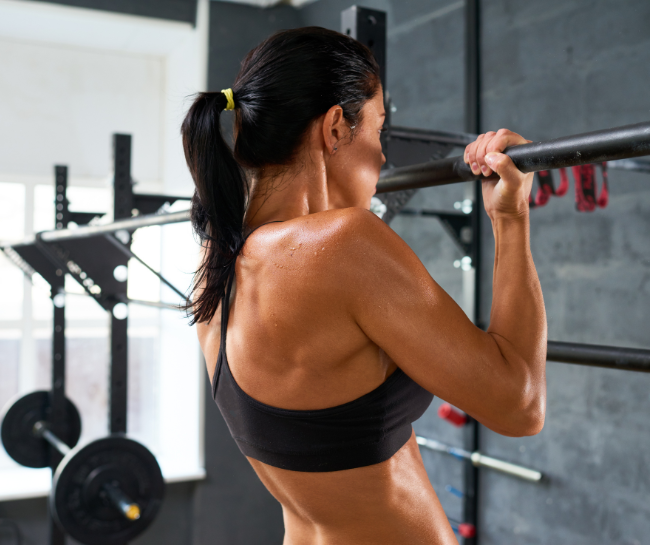
Begin with an overhand grip on the bar, just outside shoulder width, and straight arms and legs. Lift your feet forward onto your body, legs straight, a foot in front of the start, and a torso a few inches behind the start, with your hips and shoulders moving in tandem and your upper body propelling the movement.
Keep your legs straight, and your back arched as you swing your feet beneath and behind you. Swing your legs forward and bend your arms to lift your body weight and chin above the bar. Swing your legs back as your feet drop to the start and your legs come forward to produce momentum for the next kipping pullup.
- Thruster
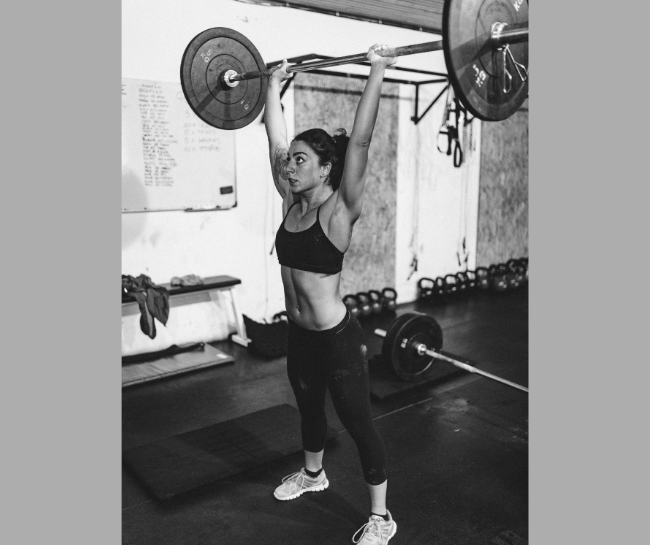
Set up in a front squat position with the cleaning bar at the rack. Start your squat by pushing your hips back behind you, keeping your elbows up in front of you. Lower your hips until they’re below your knees, keeping your knees out the whole time. Stand from the bottom of the squat, simultaneously extending hips and knees until arms are straight overhead, keeping your chest up. Lower the bar to the clean position and lower it into a squat without pausing.
- Wall ball
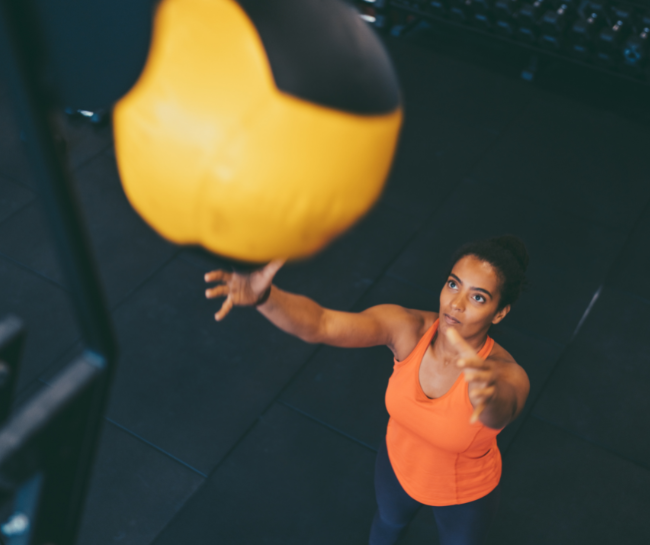
In front of a wall, stand with your feet shoulder-width apart and your toes turned out, holding a medicine ball at your chest. Squat down until your hips are lower than your knees, keeping your chest up. Explode from the bottom, pushing through your heels while keeping the ball at your chest; then, release the ball against a target. As the ball hits the ground, grab it and lower your hips into the next squat.
💡 A few sets of wall ball exercises can raise your heart rate, improve your cardiovascular fitness, and transform your body into a calorie-burning machine. It ca
Take Away
It is possible, although not encouraged, to do Crossfit every day. A well-designed program that integrates training, practice, mobility exercises, and other beneficial activities will help you add a lot of volume to your Workout without putting too much stress on your body.
However, long-term motivation declines when your entire life revolves around one activity, especially if it’s a pastime rather than a job. Thus, an “Off day” can help you stick to this sport. Hopefully, this article will help you learn how to program Crossfit workouts.
If you own a CrossFit studio, check Spark Membership which is all-in-one software to run your own studio with ease.